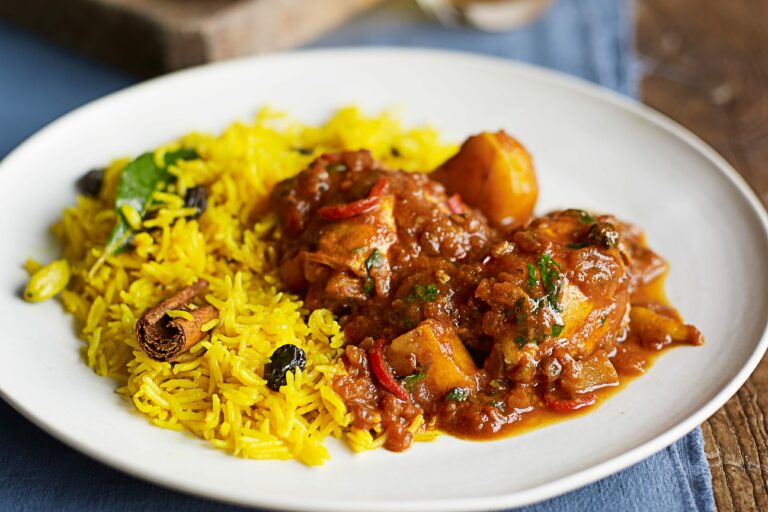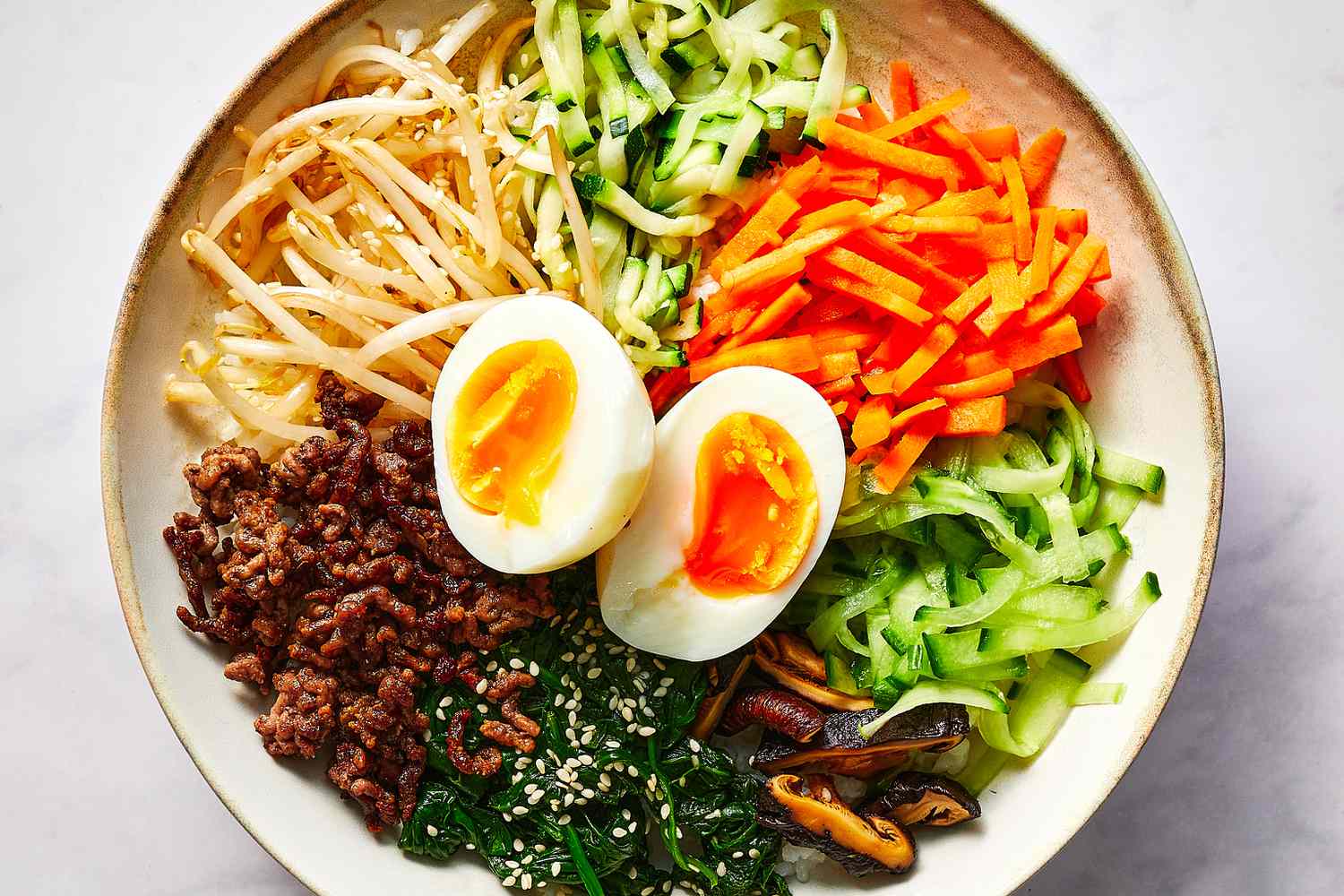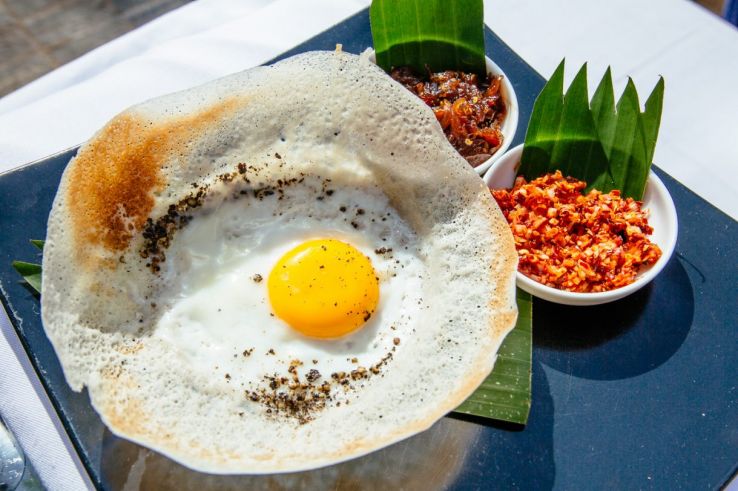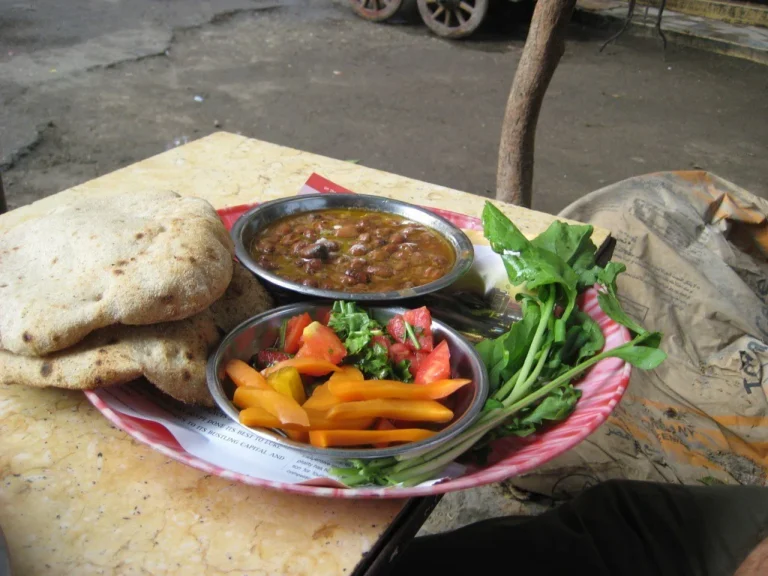Introduction: Somali Cuisine
Somali cuisine is a reflection of the country’s rich cultural heritage and long history of trade. It is a fusion of different culinary traditions, including Arab, Persian, and Indian influences, mixed with indigenous African flavors and ingredients. Somali cuisine is characterized by its use of aromatic spices, herbs, and fresh ingredients, such as vegetables, meat, and seafood.
Regional Diversity in Somali Cuisine
Somali cuisine is diverse, with different regions having their own unique specialties and cooking styles. The cuisine is heavily influenced by the geography and climate of the region, which determines the availability of certain ingredients and the cooking methods used. The country is divided into three regions: Northern, Southern, and Coastal.
Northern Specialties: Fish and Camel Meat
The Northern region of Somalia is known for its seafood and camel meat dishes. The region has a long coastline, and fishing is a major industry. The most popular fish dishes in the Northern region are grilled fish and fish stew. Camel meat is another staple of Northern cuisine, and it is often served in stews or grilled. Camel milk is also a popular drink in the region, and it is sometimes used in cooking.
Southern Specialties: Spices and Coconut Milk
The Southern region of Somalia is known for its spicy and flavorful dishes. The region is known for its use of spices such as cardamom, cumin, coriander, and turmeric. Coconut milk is also a popular ingredient in Southern cuisine, and it is used in curries and stews. The most popular dishes in the region include rice pilaf, meat stews, and vegetable dishes.
Coastal Specialties: Seafood and Banana Bread
The Coastal region of Somalia is famous for its seafood dishes, particularly lobster, prawns, and crab. The region is also known for its banana bread, which is a popular dessert. The bread is made from ripe bananas, flour, sugar, and spices, and it is often served with tea or coffee.
Conclusion: Rich and Diverse Somali Cuisine
Somali cuisine is a rich and diverse culinary tradition that reflects the country’s cultural heritage and geography. Each region of Somalia has its own unique specialties and cooking styles, which are influenced by the availability of ingredients and the local climate. Somali cuisine is characterized by its use of fresh ingredients, aromatic spices, and a variety of cooking methods, making it a flavorful and satisfying culinary experience.







